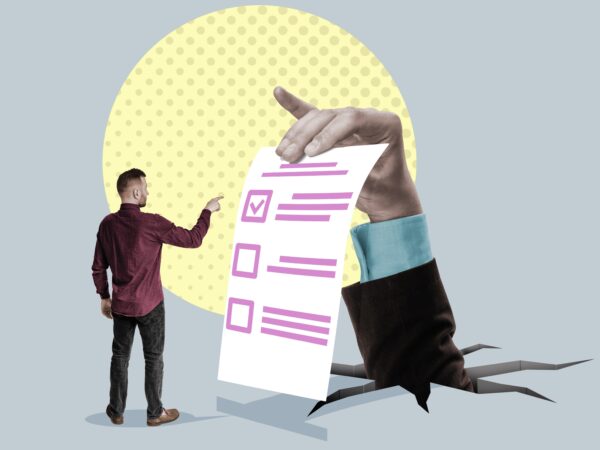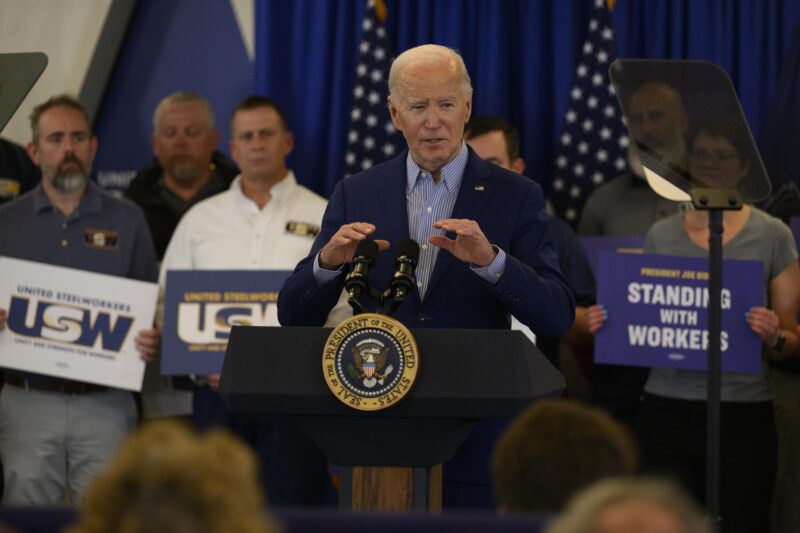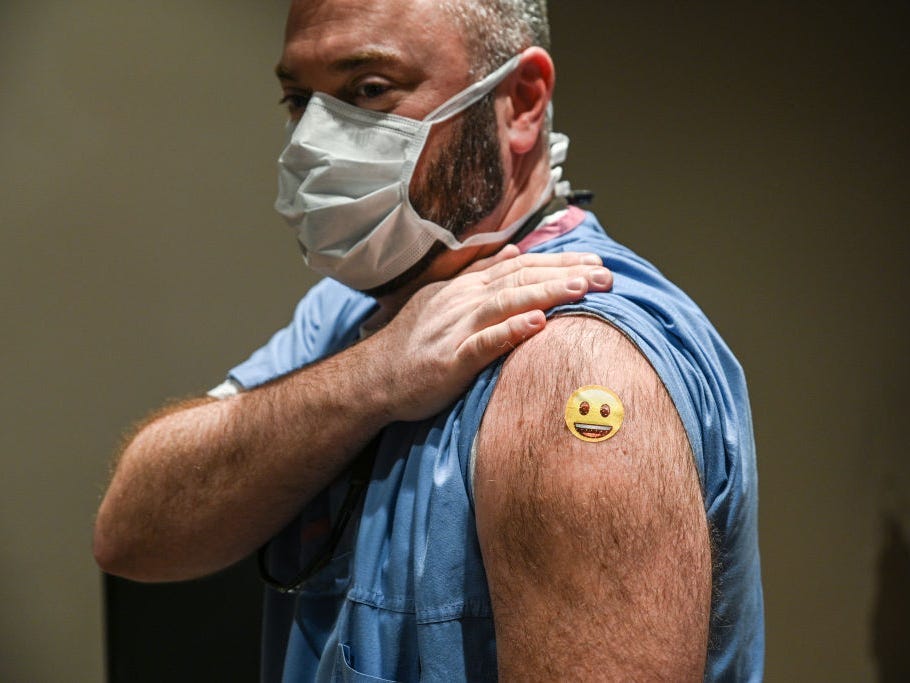
Jon Cherry/Getty Images
- The federal government says it’s on track to get the expected number of coronavirus vaccines out to Americans, but some states are confused why they could be getting fewer doses than they thought.
- Six states have reported they are seeing up to a 40% reduction in the number of doses they expected.
- Pfizer has said it has delivered every dose that was ordered and has millions more waiting for shipping instructions.
- Visit Business Insider’s homepage for more stories.
It’s game time as the first batches of coronavirus vaccines are being administered to high-priority Americans, and state officials are eager to get their hands on shipments.
Despite being nearly a year into the pandemic, communication between government agencies, state officials, and manufacturers over the distribution of the vaccine continues to be an issue.
Earlier this week, officials from about six states – including Gov. Ron DeSantis of Florida – spoke out after they learned they would receive up to 40% fewer doses than initially expected.
Operation Warp Speed officials said Tuesday they’ll ship out about 8 million doses in total next week – nearly 2 million from Pfizer and 5.9 million from Moderna once the US Food and Drug Administration authorizes the second vaccine for emergency use.
DeSantis blamed Pfizer for a “production issue”, The Tampa Bay Times reported.
But Pfizer said in a statement seen by Insider that it had already shipped out all of the 2.9 million doses the pharmaceutical giant was asked to by the federal government and that there are millions more sitting in warehouses with no shipping instructions.
"Pfizer is not having any production issues with our COVID-19 vaccine, and no shipments containing the vaccine are on hold or delayed," the statement said.
Outdated numbers in Pentagon software could be the cause of the confusion
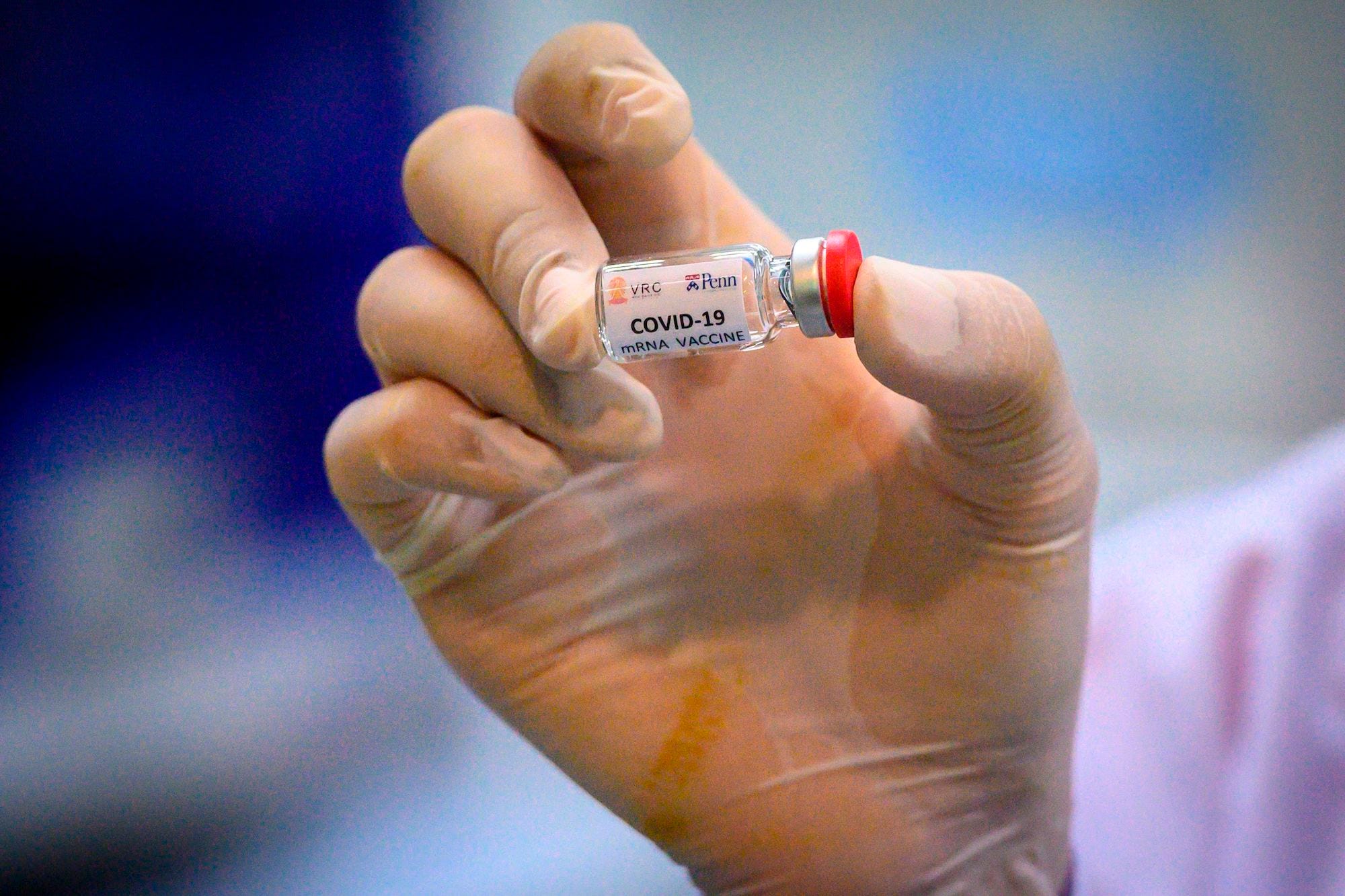
Getty/Mladen Antonov
McClatchy DC reported on Thursday that the confusion could be traced to a Pentagon system that was designed to keep track of the coronavirus vaccine. To test the system - called Tiberius - officials filled it with supply projections to get a sense of how it would work.
When the FDA issued its first emergency use authorization for the Pfizer vaccine last week, the projections in the software remained in place and led local officials to believe that was the number of doses they'd receive, McClatchy reported.
"Tiberius has been online for a couple of months, and it's where a lot of the exercise and planning modules were where they could see potential allocations," an unnamed federal official told the DC outlet. "The problem is that they kept those exercising and planning modules in there, and that's what people were looking at as late as last week."
Two senior Trump administration officials, also speaking on anonymity, made similar comments to the Associated Press.
They told the outlet that states are on track to receive their full allocations of the vaccines, but misunderstandings about the vaccine supply and changes to the delivery schedule might be playing a role in the confusion.
One of the officials said the initial numbers of available doses the federal government provided to state officials were based on projections, but not set in stone.
Changes the federal government made to the delivery schedule could also be contributing to the understanding that fewer doses are on their way, the AP reported.
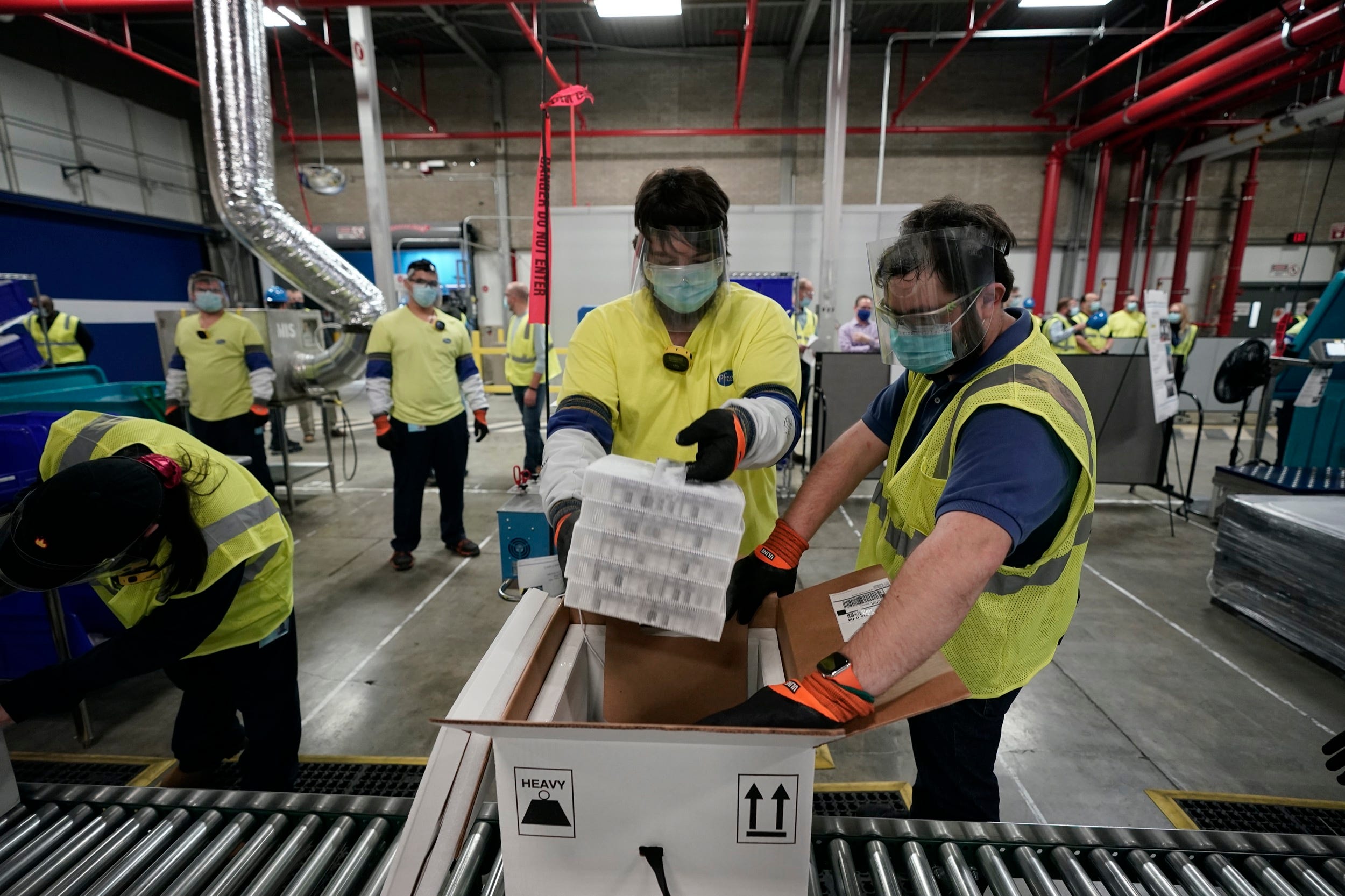
Morry Gash - Pool/Getty
The change also involves spacing out delivery of the planned number of doses for each state over several days instead of sending it all at once, one of the officials told the AP. The Pfizer vaccine, for example, must be kept at -94 degrees Fahrenheit, so the logistics of shipping and storing doses must be precise.
The US Department of Health and Human Services told Business Insider there was never a reduction in shipments.
The department said it had only provided three official allocations numbers to states: the first week of both Moderna and Pfizer doses, and the second week of Pfizer doses, the spokesperson said.
The allocations provided are based on population data for individuals over 18 and will depend on the number of vaccine doses available, the email said.
Each week, Operation Warp Speed will let states know how many doses are available for the following week.
The operation is on track to allocate enough vaccine for about 20 million Americans by the end of the month, the spokesperson said.
The department didn't address why there was a disconnect between what local officials believed they would be receiving in the coming days.
"Reports that jurisdictions' allocations are being reduced are incorrect," a spokesperson wrote in an email to Business Insider. "As was done with the initial shipments of Pfizer vaccine, jurisdictions will receive vaccine at different sites over several days."
"This eases the burden on the jurisdictions and spreads the workload across multiple days," the email continued.




